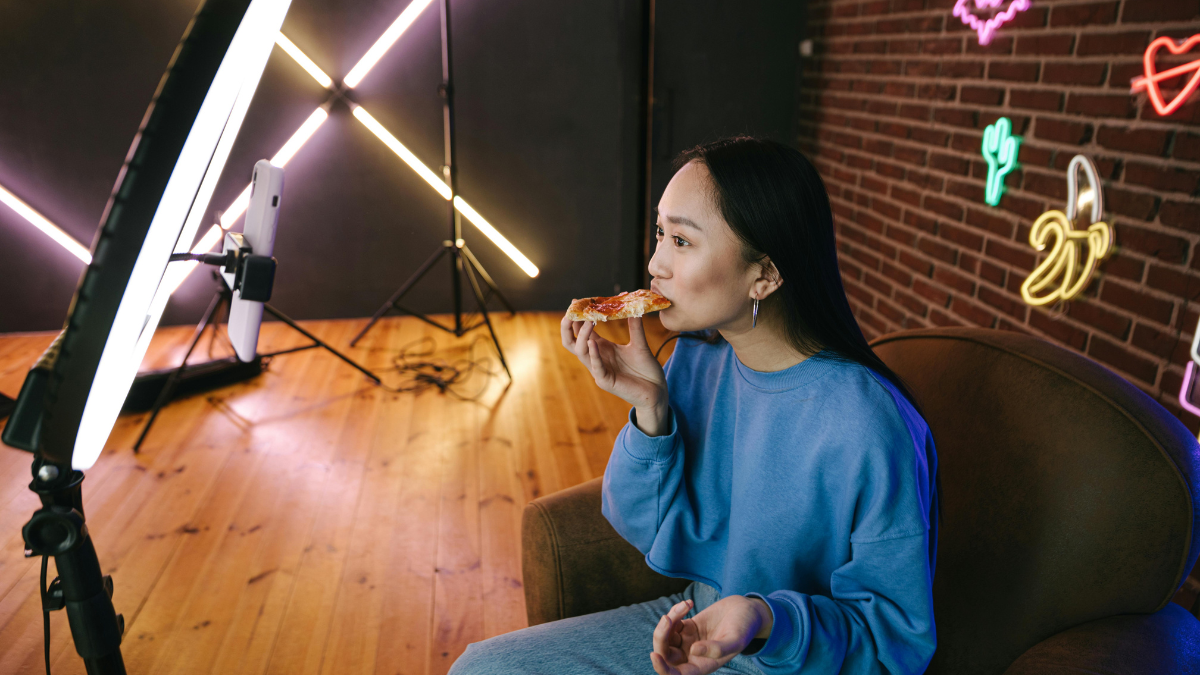Influencers play a major role in promoting less healthy foods (LHFs) to young people in the UK, according to Cancer Research’s latest Digital Influence study.
Fifty-two percent of social media users aged 11 to 21 said they saw posts advertising LHFs in the past month, and 39% of those reported actively engaging with the content. Within the group of social media users who actively engaged with the content, 40% engaged with content shared by influencers — compared to 33% with brand posts.
The study also found that 36% of young people think it’s ‘okay’ for influencers to promote LHF products, with a slightly smaller percentage of respondents (34%) disagreeing.
Starting 1 October, when new rules on LHF advertising come into effect*, neither businesses nor influencers will be permitted to advertise LHF products on social media, however.
‘Once the ban comes into force, paid-for advertising for LHF products will not be allowed online at any time, which includes influencer marketing,’ a spokesperson for the Advertising Association said. ‘This means influencers should not name or show an identifiable LHF product under any circumstances where there is a commercial relationship with the brand owner of that product.’
But as Molly Bartram, senior influencer marketing manager at connective3, pointed out on LinkedIn, LHF products are not quite ‘out of the influencer game’. According to her, influencers need to get creative and focus on ‘brand values, storytelling, merch, or even public stunts’.
‘Think less “here’s the product” and more “here’s the brand experience, the story, the vibe”,’ she wrote.
Scott Guthrie, director general of the Influencer Marketing Trade Body (IMTB), said there are two ways influencers and brands can work within the new restrictions: ‘promote the brand not the product, and cut across media channels.’
Creators, he said, can still partner with brands to advertise ‘non-LHF products or product variants’, and they can ‘refer to a food range, which includes LHF and non-LHF variants — without showing any products’. Influencers, he added, can also ‘depict ingredients’ or ‘work with brands to run sustainability or CSR-focused ads’.
Guthrie used Amelia Dimoldenberg, the creator of Chicken Shop Date, as an example of how influencers can cut across media channels.
‘Amelia’s interview series blew up on YouTube but she’s also known on TV and at red carpet events. She starred in Channel 4’s Celebrity Come Dine with Me and Taskmaster. She’s reported at the Brit Awards, Golden Globe Awards, and the premiere of the film Barbie,’ he said.
Her pull, Guthrie argued, can ‘transfer into a range of other media channels which fall outside the LHF ad restrictions’, including digital OOH ads, audio-only podcast ads, print ads or cinema ads.
Last month, UK ad trade bodies — including the Advertising Association, ISBA, IPA, the IAB, and the IMTB — launched a cross-industry awareness campaign and published a one-page document detailing what advertisers can and cannot do to advertise LHFs from 1 October.
* Industry trade bodies have signed an Industry Agreement to abide by the new rules from 1 October but the ASA will not have legal enforcement powers until 5 January.
Featured image: Ivan Samkov / Pexels

